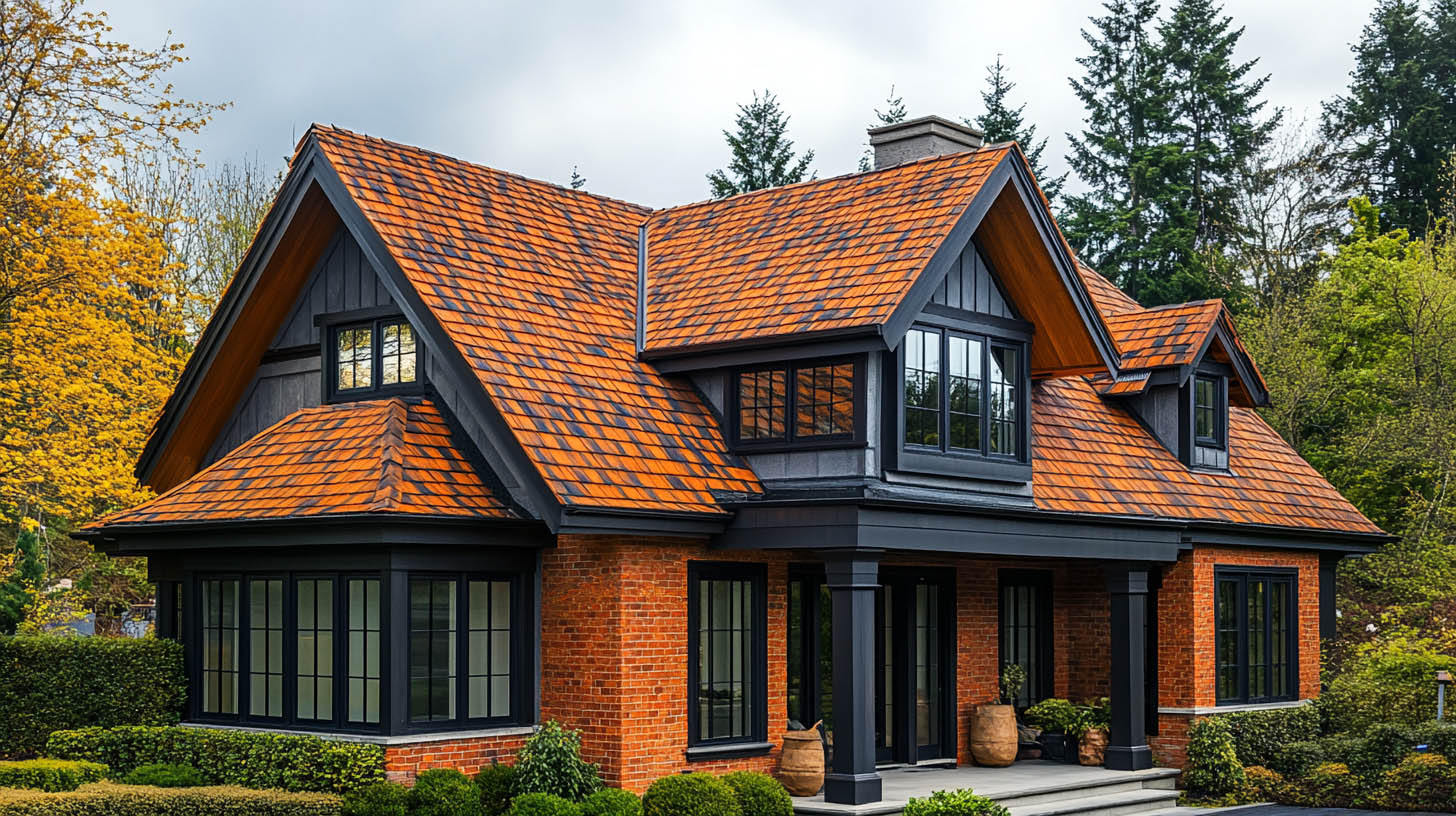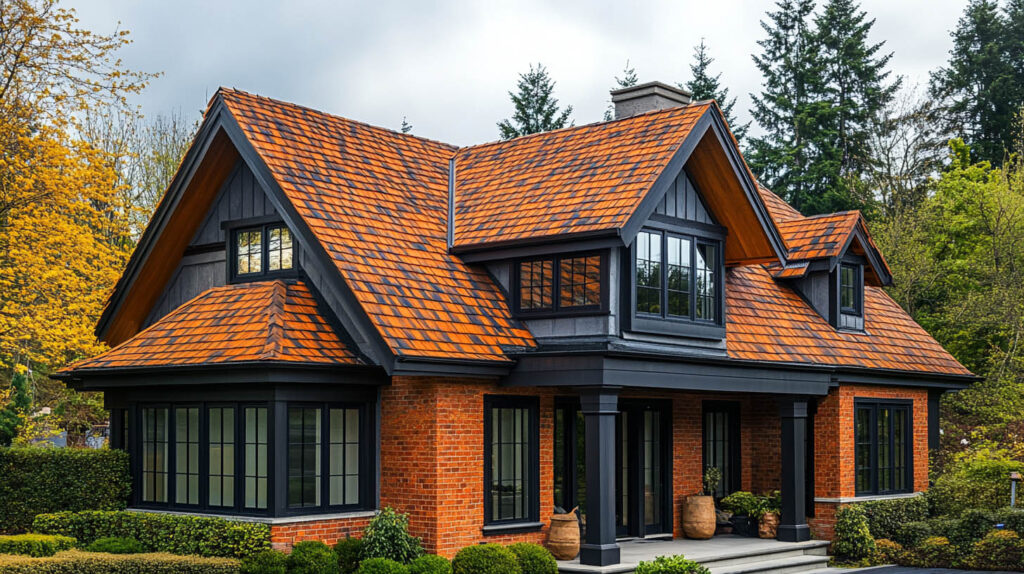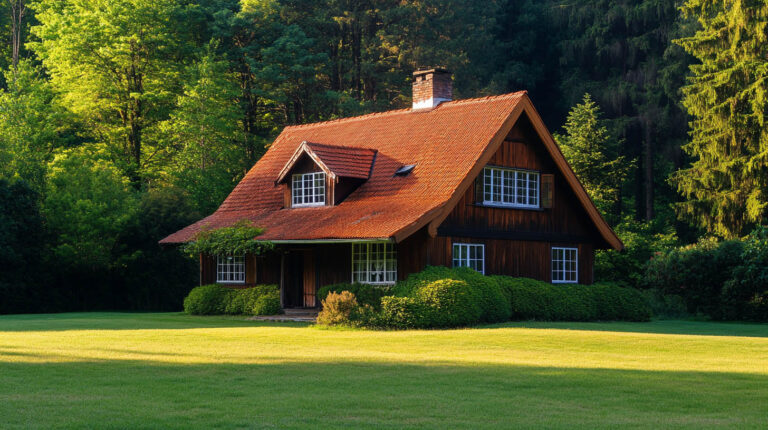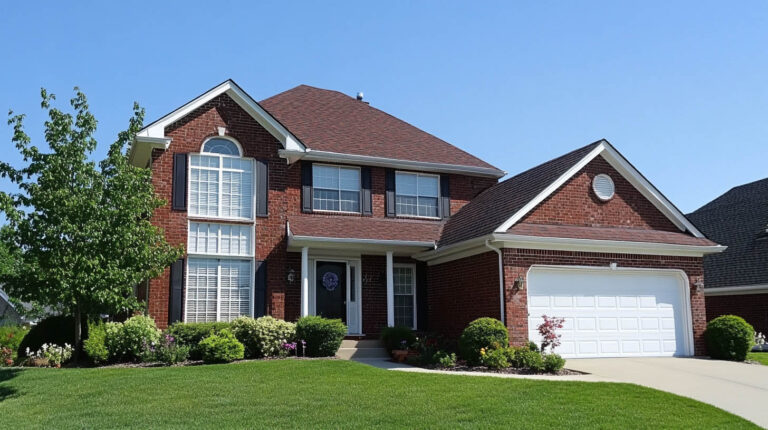
Blog
How Roof Improvements Can Help Lower Insurance Rates
When it comes to keeping insurance premiums manageable, many homeowners overlook the significant role that their roof can play. In areas prone to storms, wind, and hurricanes, such as Jacksonville, FL, upgrading your roof to meet certain standards can lead to substantial savings on your insurance. At Avenue Roofing, we specialize in helping homeowners understand and leverage the potential savings tied to roof improvements, offering both protection and peace of mind.

Understanding the Impact of Roof Condition on Insurance Premiums
Insurance companies calculate premiums based on the perceived risk of a property. Homes that demonstrate higher resilience against weather-related damages, especially through a durable roof structure, often qualify for discounts. This is particularly relevant in Florida, where hurricane threats are persistent, and insurance premiums are higher than the national average. Implementing certain roof upgrades, known as “wind mitigation improvements,” can reduce these premiums considerably.
Key Roof Improvements That Reduce Insurance Costs
- Upgrading to Code-Compliant Roofing Material: Florida’s building codes are among the strictest in the country for roofing. To meet current standards, roofs must be able to withstand winds up to 110 mph. If your roof was installed before 2007, consider upgrading it to meet the new code requirements. Studies reveal that homes with wind-resistant roofs see up to 20-40% lower insurance premiums, a substantial saving over the years.
- Installing a Secondary Water Barrier: A secondary water barrier can be installed beneath your roofing shingles to provide additional protection from water intrusion. During a storm, if shingles are damaged, this barrier helps prevent water damage to the structure and interior. Insurance studies show that installing a secondary barrier can reduce water-related claims by 70%, saving insurers significant costs and resulting in lower premiums for you.
- Strengthening Roof-to-Wall Connections: The connections between your roof trusses and walls can be reinforced using “hurricane straps” or gussets. In coastal areas, roofs are typically anchored with these connections to withstand high winds. This upgrade can qualify your home for a “single wrap” or “double wrap” discount, which varies based on the level of structural reinforcement. According to the Federal Alliance for Safe Homes, these enhancements can reduce wind damage claims by up to 55%.
- Roof Shape and Structure: Certain roof designs are more resistant to wind damage. For instance, hip roofs, which have sloped sides on all four directions, are more wind-resistant than gable roofs, which only slope in two directions. While changing your roof shape is a considerable expense, insurance companies tend to favor structures like hip roofs due to their stability in extreme weather.
Roof Inspections and Wind Mitigation Reports
Most insurance companies require a certified roof inspection to assess your eligibility for discounts. A “wind mitigation report” is prepared by a qualified inspector and confirms that your roof meets the necessary standards for storm resilience. This report typically includes details on:
- Roof material and installation quality
- Water resistance level and the presence of barriers
- Roof-to-wall connection integrity
- Shape and slope compliance with Florida building codes
Completing this inspection and presenting the findings to your insurance provider is the first step toward unlocking premium reductions.
Additional Factors That Influence Roof-Related Premiums
While your roof structure plays a significant role, additional factors contribute to potential premium savings. These include:
- Installation of Hurricane Shutters: Protects windows and other openings, preventing damage from debris and high winds.
- Garage and Door Reinforcements: Reinforcing doors to withstand wind pressure protects the structural integrity of your home, indirectly benefiting your roof’s resilience.
The Cost of Roof Upgrades Versus Insurance Savings
Investing in these improvements can seem costly initially, but the long-term insurance savings are worth the expense. On average, homeowners spend around $5,000 to $10,000 on a roof upgrade, yet can potentially save hundreds each year in reduced premiums. Over time, this investment pays for itself while ensuring a safer, more resilient home.
Did you know? In Florida, homeowners who have undergone wind mitigation efforts report a 75% reduction in insurance premiums in certain cases, showcasing the long-term value of these improvements.
Common FAQs About Roof Improvements and Insurance Rates
Q1: What qualifies as a secondary water barrier?
A secondary water barrier is an additional waterproof layer installed under the main roofing material. It provides a safeguard against leaks in case of shingle damage.
Q2: How often should my roof be inspected for insurance purposes?
Most insurance companies recommend an inspection every 5 years, though some may require one following severe weather events or before policy renewal.
Q3: Can older roofs still qualify for premium reductions?
Yes, older roofs may qualify if they undergo specific reinforcements to meet current building codes.
Q4: Do I need professional help to install hurricane straps?
Yes, hurricane straps should be installed by licensed professionals to ensure that they meet structural and insurance requirements.
Q5: How can I verify if my roof upgrades meet insurance standards?
After completing upgrades, request a wind mitigation report from a certified inspector. This report will outline whether your improvements align with the insurance standards for discounts.
Conclusion
Roof upgrades offer more than just improved structural integrity—they present homeowners with a way to significantly lower insurance premiums. In hurricane-prone regions like Jacksonville, FL, these improvements are not only beneficial but essential for long-term savings. With options like secondary water barriers, code-compliant roofing, and reinforced connections, homeowners can both protect their properties and reduce their insurance expenses. At Avenue Roofing, we are committed to helping our clients make informed decisions about roof improvements to achieve lasting security and savings.
To learn more about understanding roof wind damage and how to address it, click here.



